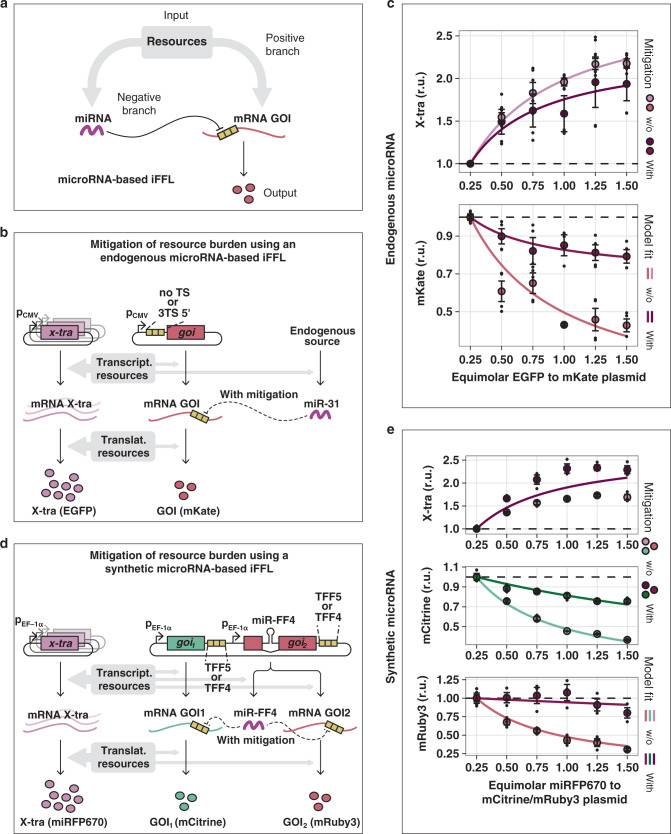Fig. 5. Mitigating the effects of resource limitation with microRNA-based iFFL.
a The microRNA-based incoherent feedforward loop (iFFL) motif. b Mitigation system based on endogenous microRNA. At high copy number of the X-tra, resources are drawn away from the production of the GOI and miR-31. By sensing the resource availability and repressing the GOI less when there are fewer resources, the miRNA reduces the effect of limited resources. c Two plasmids were co-transfected into H1299 cells which respectively express the X-tra and GOI genes (EGFP and mKate respectively (b)), and the molar ratio of the X-tra:GOI plasmid was progressively increased. The presence of miR-31 TS in mKate 5′UTR mitigates effects due to resource sharing. The parameter values obtained by fitting are summarized in Supplementary Table 8. N = 3 biological replicates. d Mitigation system based on synthetic miRNA. In the presence of many copies of the X-tra gene, resources are drawn away from the production of both the GOIs and the miR-FF4. Due to lower production of miR-FF4 the GOIs are less repressed. This compensates for the reduced availability of resources. e A plasmid encoding both the fluorescent protein mCitrine and an intronic microRNA expressed from the mRuby3 gene (GOI1, GOI2 and miR-FF4 (d)) was co-transfected into HEK293T cells with increasing amounts of a plasmid expressing the X-tra gene (miRFP670 (d)). The impact of resource limitation on both GOIs was reduced when they contained three miR-FF4 targets in their 3′UTRs compared to when they contained three mismatched miR-FF5 targets. The parameter values obtained by fitting are summarized in Supplementary Table 9. N = 3 biological replicates. Source data are provided as a Source Data file. A description of the models can be found in Supplementary Note 5. Flow cytometry data were acquired 48 h post-transfection and are plotted as mean ± SE. SE standard error, r.u. relative units.

